Significance of Meiosis Cell Division
Meiosis cell division is happened in two stage- first stage is called meiotic first division and second is called meiotic second division. First stage of division is also called reduction division and second part is same as mitosis division. Reduction of chromosome number happen in first stage.
Location of Meiosis - Meiosis cell division is mainly observed in the higher plants and animals. It is required to produce gametes in higher plants and animals, means organisms those are having sexual reproduction, meiosis cell division is observed during formation of male and female gametes.
Significance of Meiosis-
Meiosis have a huge importance over the combination and evolution and Conservation of species. The major significance of meiosis are –
1. Conservation of the Chromosome number in Different Species - In meiotic cell division diploid chromosomes are divided into haploid chromosome number which will give rise male gametes and female gametes. In case of plants male gametes are called pollen, female gametes are called ovules. In animals male gametes are called sperm and female gametes are called egg. After the meiosis haploid division of both gametes, it is fertilised to give birth to the embryo which again contains diploid chromosomes (one haploid from mother and one haploid from father).
2. Combination
of Characteristics - As crossing over takes place in the pachytene sub stage of
meiosis, there is exchange of Chromosomal part between non sister chromatids.
As a result in new daughter cell contains different genetically combined
chromosome bearing different characteristics. Which is associated with
variations.
3. Helps to develop advance species- As crossing over causes exchange of different characteristics, there may be formation of offspring contains selective advanced characteristics both from mother and father. Sometimes the offspring are more advance than the parents.
4. Variations are Observed- crossing over in different places causes combination of genes in different species, as a result different variations of species are observed. This variations are observed in body structures, patterns, behaviour etc.
5. Evolution - evolution is a slow and steady process. Adaptation for a long time may give rise to the evolution. In the pachytene sub stage of meiotic cell division causes combination of different characteristics in the offspring. For this they receive some characteristics which are beneficial for their adjustment with the environment. As a result some favourable things may carried as dominant characteristics throughout their many generations and the unfavourable may abolished with time.
6. Adaptation - It has been observed that offspring those were formed due to fertilization of male and female gametes prone to have more adaptive power than that of those offspring produce due to vegetative reproduction or asexual reproduction. They are more capable to adjust themselves with the adverse environment or changes of environment.
7. Basic Characteristics of Species Remain Constant - Identification characteristics or the primary characteristics of species remain constant. This helps to maintain individual species characteristics for several generation. Chromosome number is different in different species. But it is same in every individuals of same species. Meiosis helps to maintain the chromosome number of every individuals. Means all humans have 23 pairs of chromosome but the number is different for other species and their basic characteristics are different.
From Significance of Meiosis Cell Division to HOME PAGE
Recent Articles
-
What Is Plasma? | Blood Plasma | Proteins | Nutrients | Cholesterol
Nov 07, 25 10:29 AM
Blood is a mobile fluid which is a connective tissue and is derived from the mesoderm like cell any other connective tissue. Colour of blood is reddish and that flows inside the blood vessels by means… -
Disorders of Respiratory System | Tuberculosis | Pleurisy | Emphysema
Oct 28, 25 11:39 PM
Tuberculosis is very common disease and is caused by a type of bacteria called Mycobacterium tuberculosis. This disease causes different trouble in the respiration and infection of several parts of th… -
Regulation of Respiration | Respiratory Centres | Inspiratory Area |
Oct 14, 25 12:13 AM
Respiratory Centre is the area that controls the rate of respiration and it is observed to be located in medulla oblongata and pons. Respiratory Centre has the following will dispersed components like… -
Explain Transport of Gases | External Respiration | Tissue Respiration
Oct 09, 25 11:35 PM
In humans gaseous exchange is completed in the following ways the steps are - External Respiration or Breathing - Breathing in false taking in of Oxygen and giving out of carbon dioxide in the body. M… -
Kind and Number of Teeth | Location of Teeth in Mouth | Care of Teeth
Sep 11, 25 12:52 AM
Kind and Number of Teeth
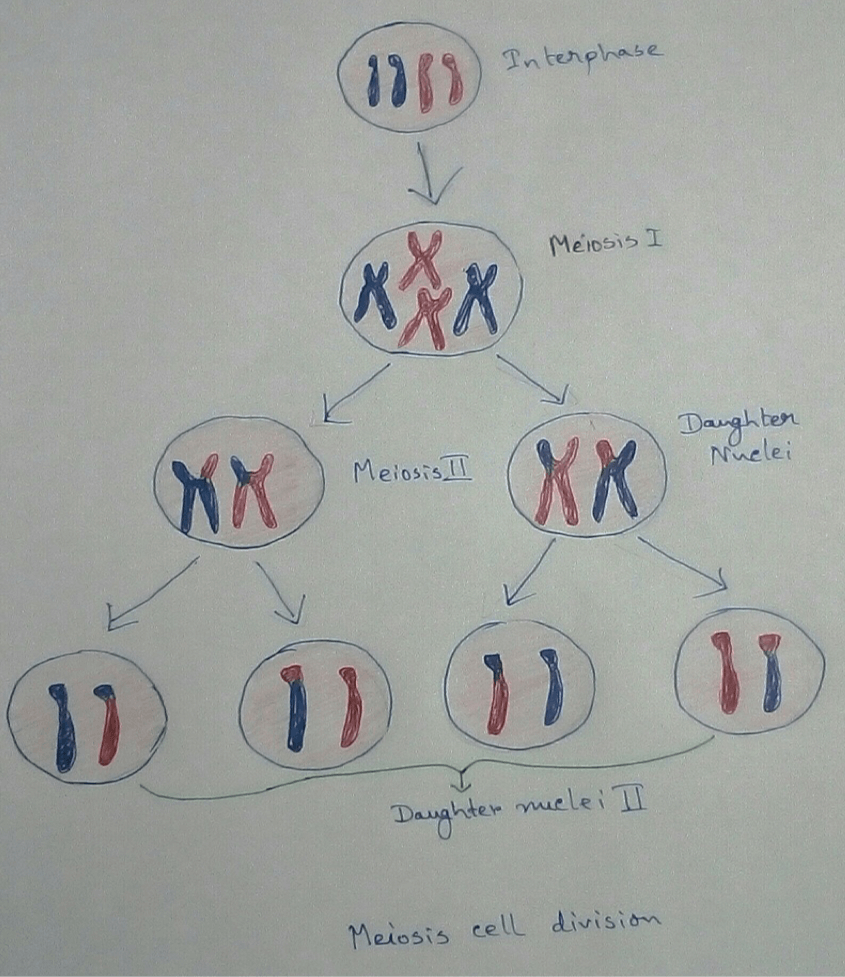
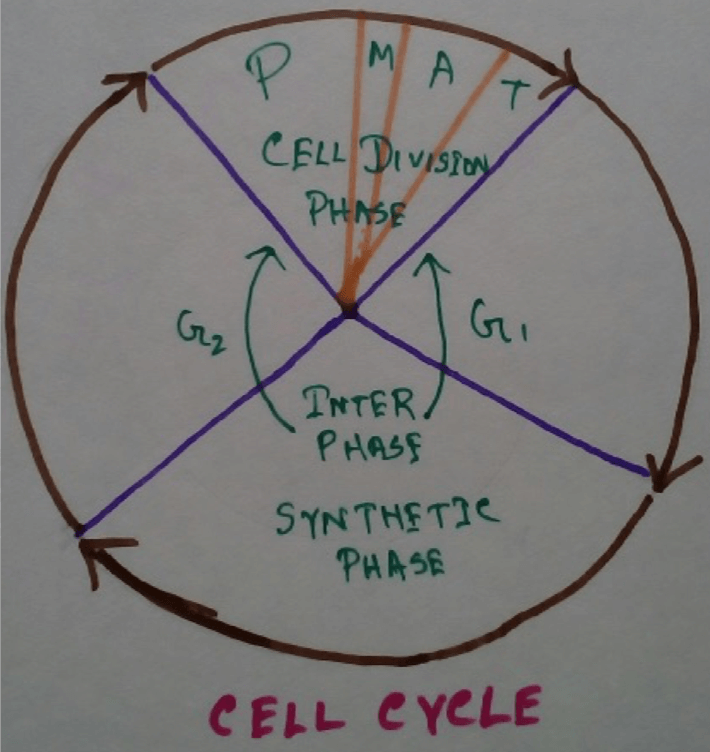
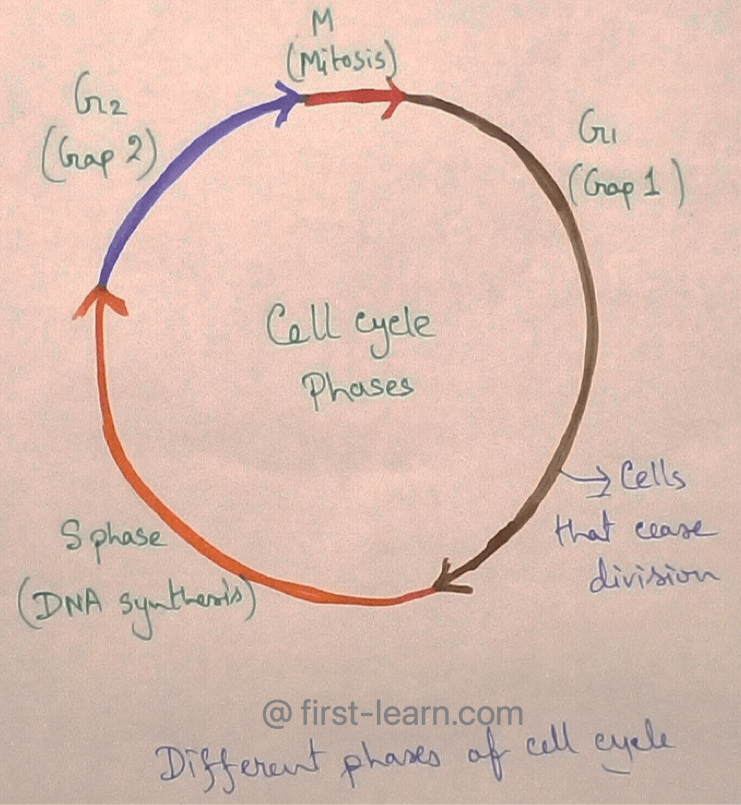
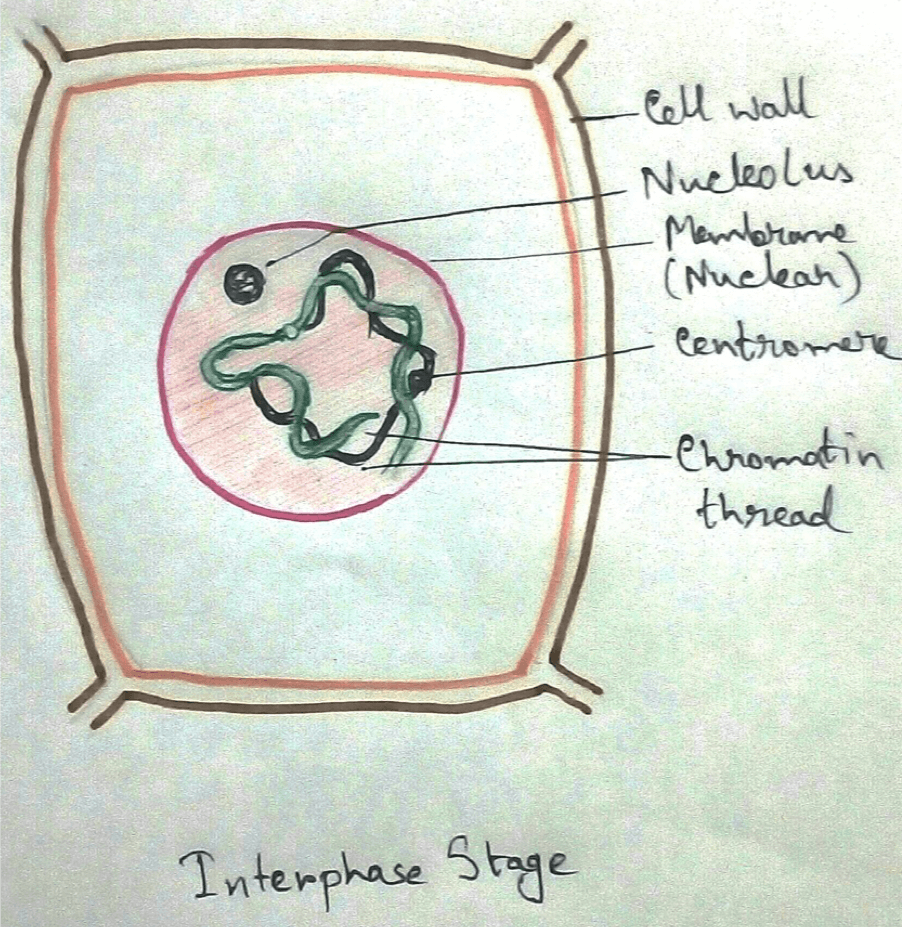
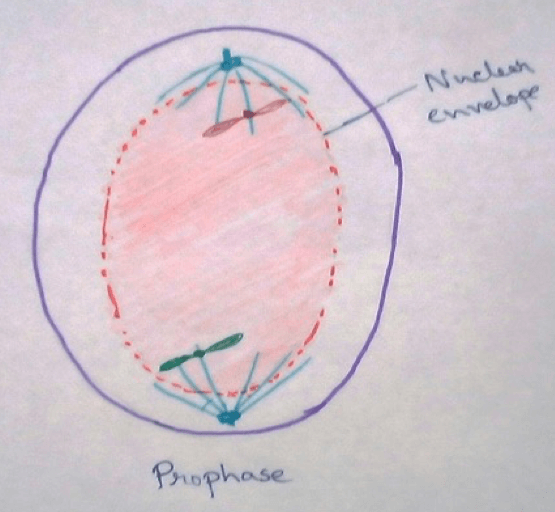
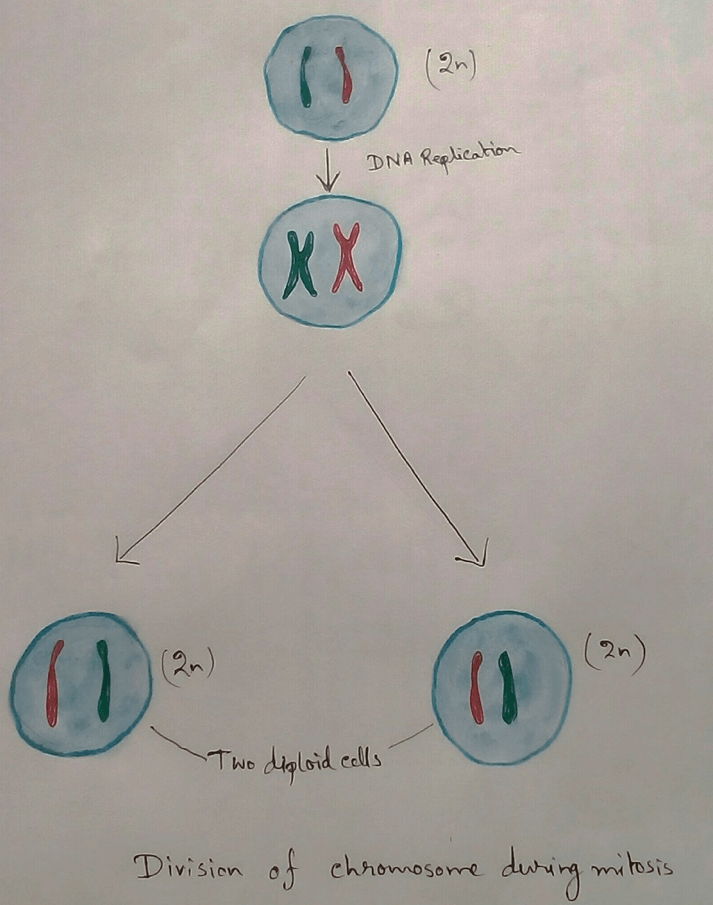
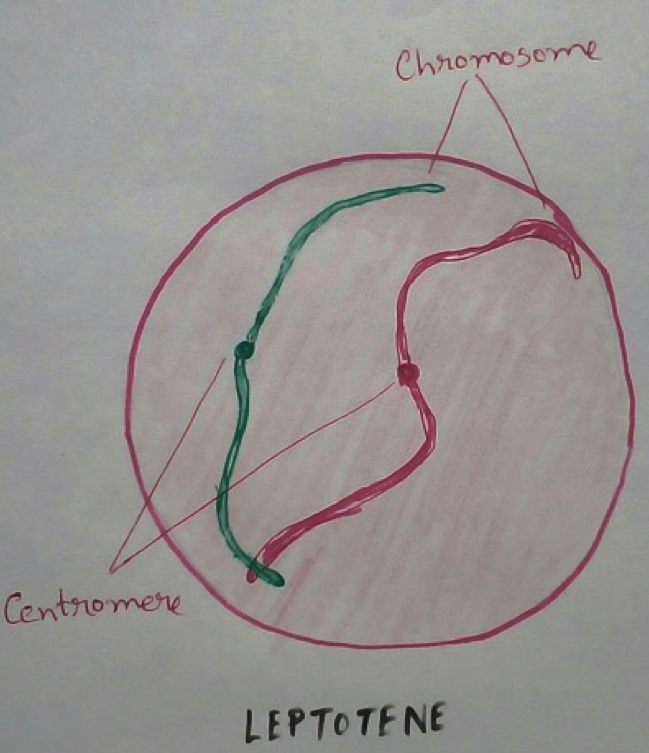
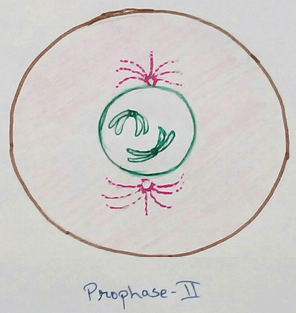
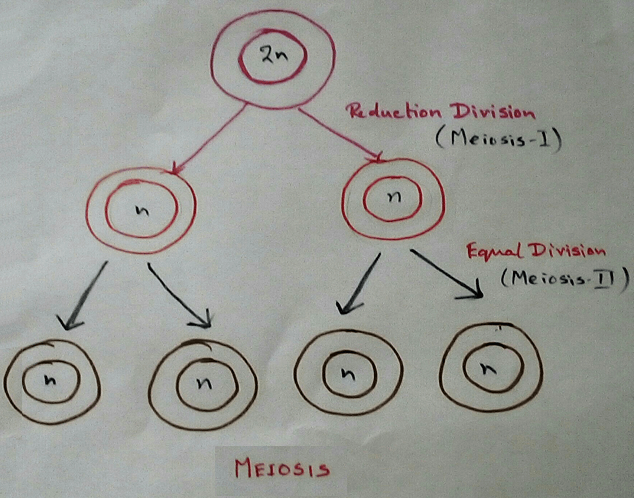





New! Comments
Have your say about what you just read! Leave me a comment in the box below.